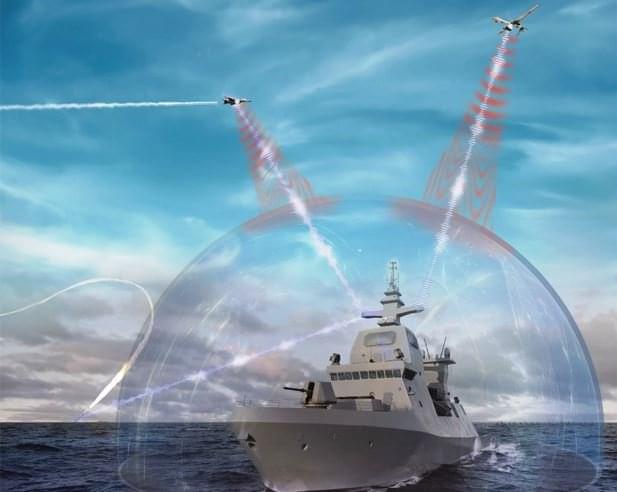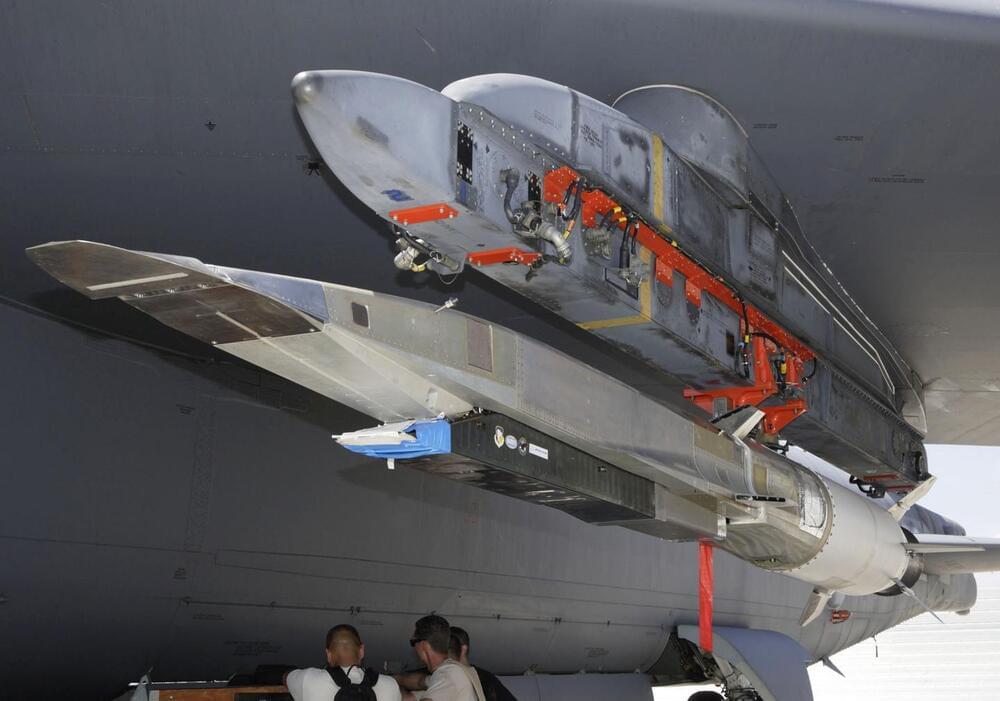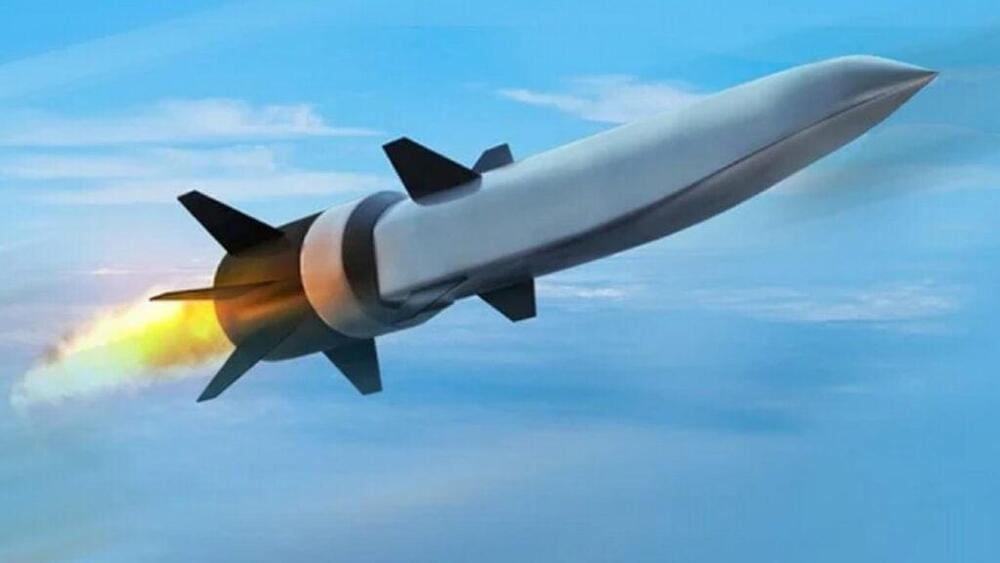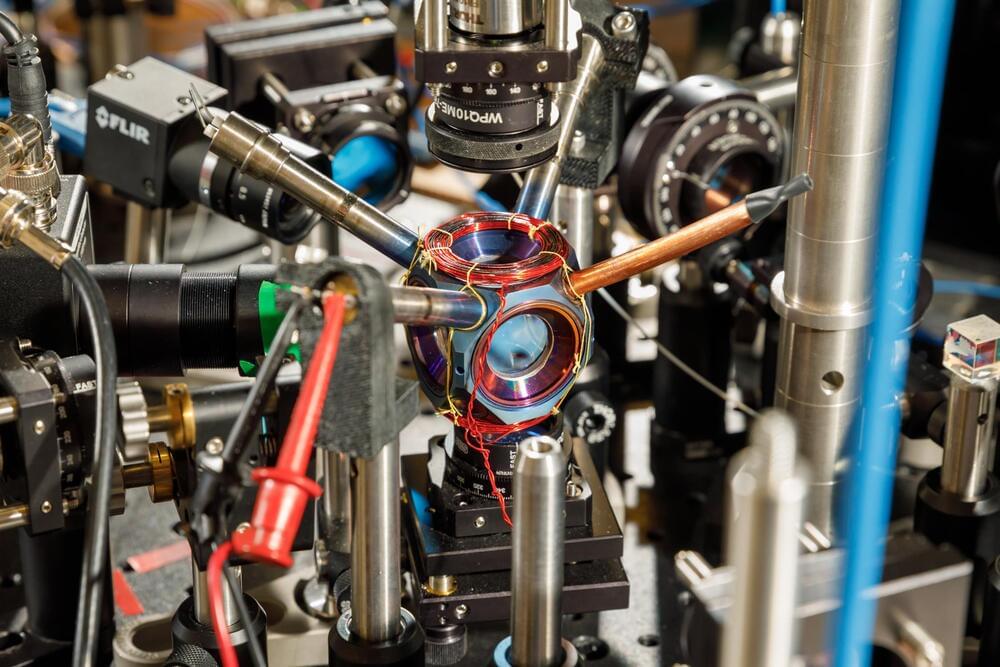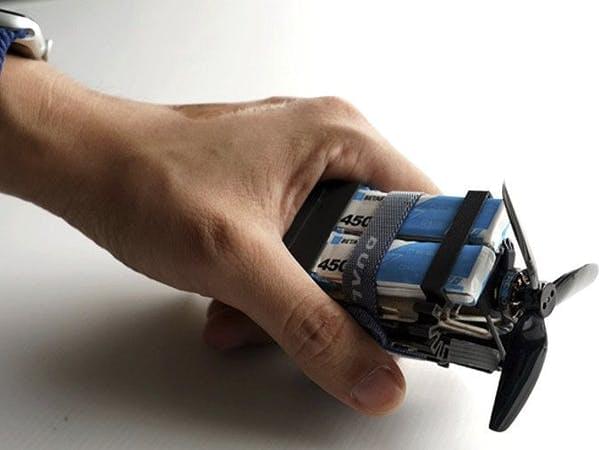Volcanic eruptions contributed to the collapse of dynasties in China in the last 2,000 years by temporarily cooling the climate and affecting agriculture, according to a news release by Rutgers University.
In a study published in the journal Communications Earth & Environment, scientists reconstructed the magnitude of 156 explosive volcanic eruptions from 1 A.D. to 1915 by examining elevated sulfate levels in ice cores from Greenland and Antarctica. They also analyzed historical documents from China on 68 dynasties and examined warfare there between 850 and 1911.
Scientists found that smaller volcanic “shocks” to the climate may cause dynasties to collapse when political and socioeconomic stress is already high. Larger shocks may lead to collapses without substantial pre-existing stress. Other factors include poor leadership, administrative corruption and demographic pressures.

